Project: System Identification for Unmanned Air Systems
Sponsor: National Science Foundation (NSF) Center for Autonomous Air Mobility & Sensing (CAAMS)
Purpose: System Identification is a process to develop a mathematical representation of the dynamics of a physical system from measured data. Accurate models enable prediction of performance and dynamics of a system.
Challenges: Models for sUAS are generally not available as manufacturers do not have models for commercial sUAS and models for military sUAS are not typically available. Modeling and control systems are often vehicle dependent and not easily portable across sUAS. Many commercial autopilots do not provide data needed for online system identification
Our Approach: Utilizing the Observer Kalman Filter Identification algorithm with the Developmental Flight Test Instrumentation 2 framework, full state space models can be identified in near-real time onboard the vehicle utilizing data from a variety of sensors.

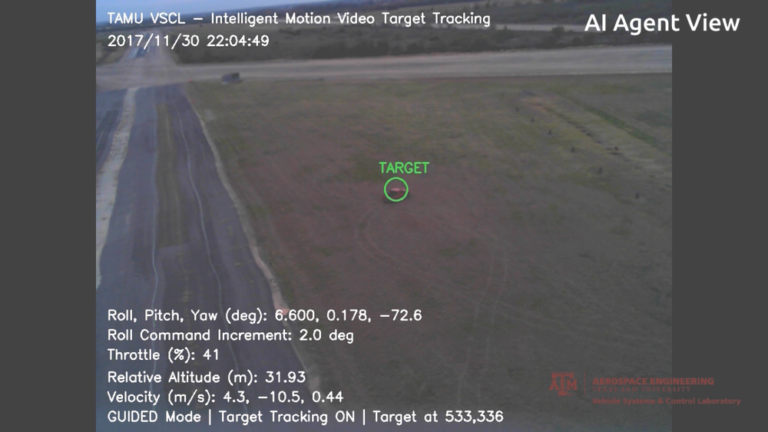

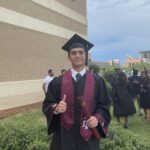

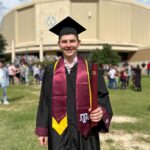
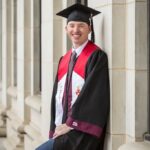
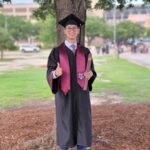


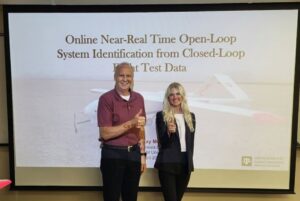

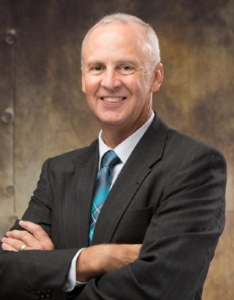 C
C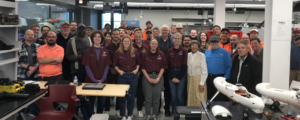
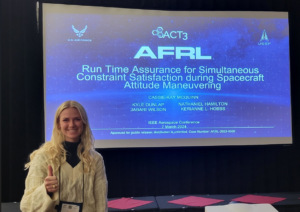
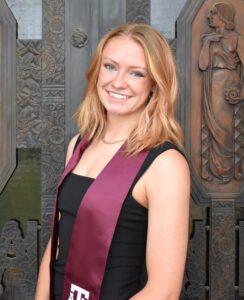
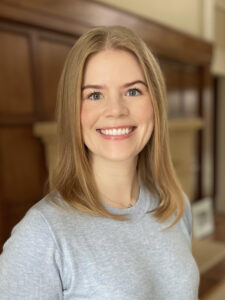 Erin Swansen joins VSCL as a Ph.D. transfer student in the Aerospace Engineering department. Erin has over five years of experience in industry at
Erin Swansen joins VSCL as a Ph.D. transfer student in the Aerospace Engineering department. Erin has over five years of experience in industry at 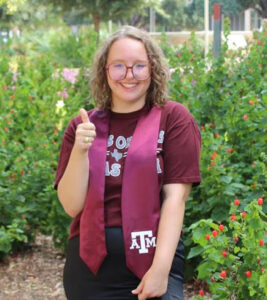 Payton Clem is a Master of Science Student in the Aerospace Engineering department. She is graduating from Texas A&M with her Bachelor of Science in Aerospace Engineering with Minors in Mathematics and Astrophysics in Fall 2023. During her undergrad, she was involved in campus activities like working at the Memorial Student Center to provide support to her fellow Aggies, and was a member of
Payton Clem is a Master of Science Student in the Aerospace Engineering department. She is graduating from Texas A&M with her Bachelor of Science in Aerospace Engineering with Minors in Mathematics and Astrophysics in Fall 2023. During her undergrad, she was involved in campus activities like working at the Memorial Student Center to provide support to her fellow Aggies, and was a member of 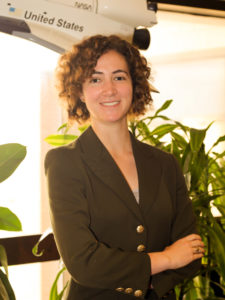
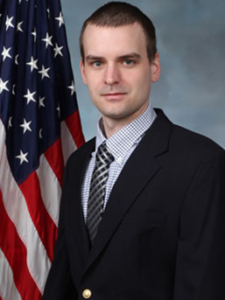 VSCL alumnus Dr. Ryan Weisman ’12 has been inducted as a 2023 Fellow of
VSCL alumnus Dr. Ryan Weisman ’12 has been inducted as a 2023 Fellow of